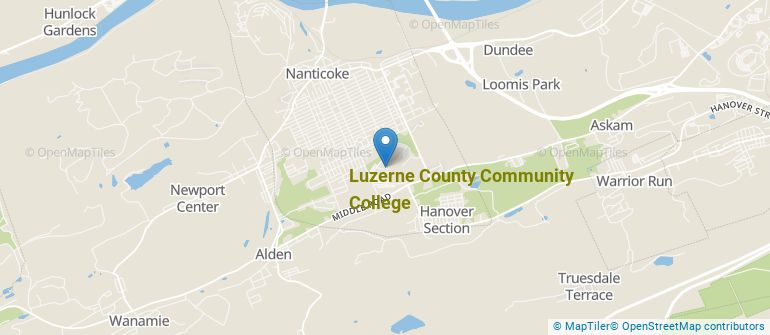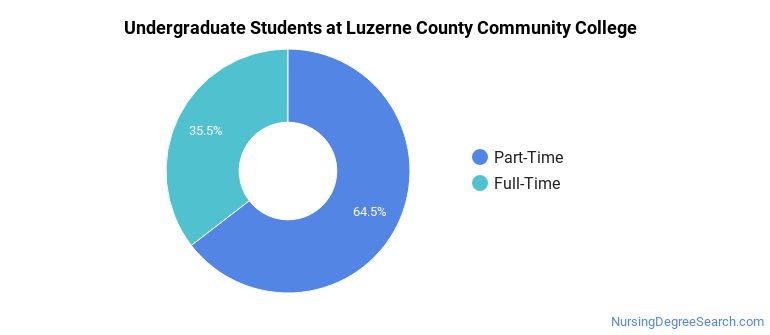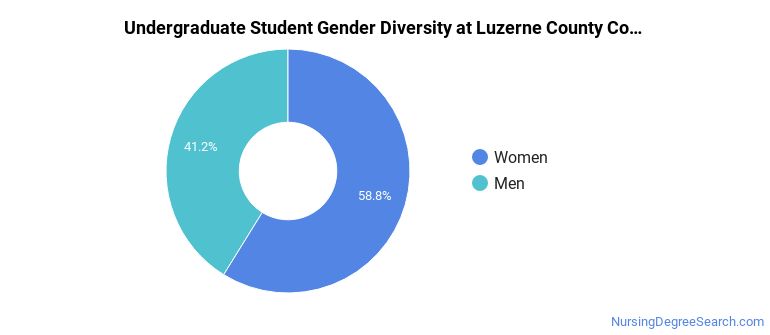Luzerne County Community College Nursing Programs
Luzerne County Community College is a public institution located in Nanticoke, Pennsylvania. Nanticoke is a good match for students who enjoy the safety and convenience of the suburbs.
Where Is Luzerne County Community College?

Contact details for Luzerne County Community College are given below.
| Contact Details | |
|---|---|
| Address: | 521 Trailblazer Drive, Nanticoke, PA 18634 |
| Phone: | 570-740-0200 |
| Website: | www.luzerne.edu |
How Do I Get Into Luzerne County Community College?
You can apply to Luzerne County Community College online at: https://www.luzerne.edu/admissionsapp/
Can I Afford Luzerne County Community College?
Student Loan Debt
It's not uncommon for college students to take out loans to pay for school. In fact, almost 66% of students nationwide depend at least partially on loans. At Luzerne County Community College, approximately 42% of students took out student loans averaging $3,975 a year. That adds up to $15,900 over four years for those students.
Luzerne County Community College Undergraduate Student Diversity

Gender Diversity
Of the 1,579 full-time undergraduates at Luzerne County Community College, 41% are male and 59% are female.

Racial-Ethnic Diversity
The racial-ethnic breakdown of Luzerne County Community College students is as follows.

| Race/Ethnicity | Number of Grads |
|---|---|
| Asian | 24 |
| Black or African American | 82 |
| Hispanic or Latino | 268 |
| White | 921 |
| International Students | 0 |
| Other Races/Ethnicities | 284 |
Over 6 countries are represented at Luzerne County Community College. The most popular countries sending students to the school are Saudi Arabia, India, and China.
Luzerne County Community College Nursing Concentrations
The table below shows the number of awards for each concentration.
| Major | Associate’s | TOTAL |
|---|---|---|
| Registered Nursing | 105 | 105 |
| TOTAL | 105 | 105 |
References
*The racial-ethnic minorities count is calculated by taking the total number of students and subtracting white students, international students, and students whose race/ethnicity was unknown. This number is then divided by the total number of students at the school to obtain the racial-ethnic minorities percentage.
More about our data sources and methodologies.
